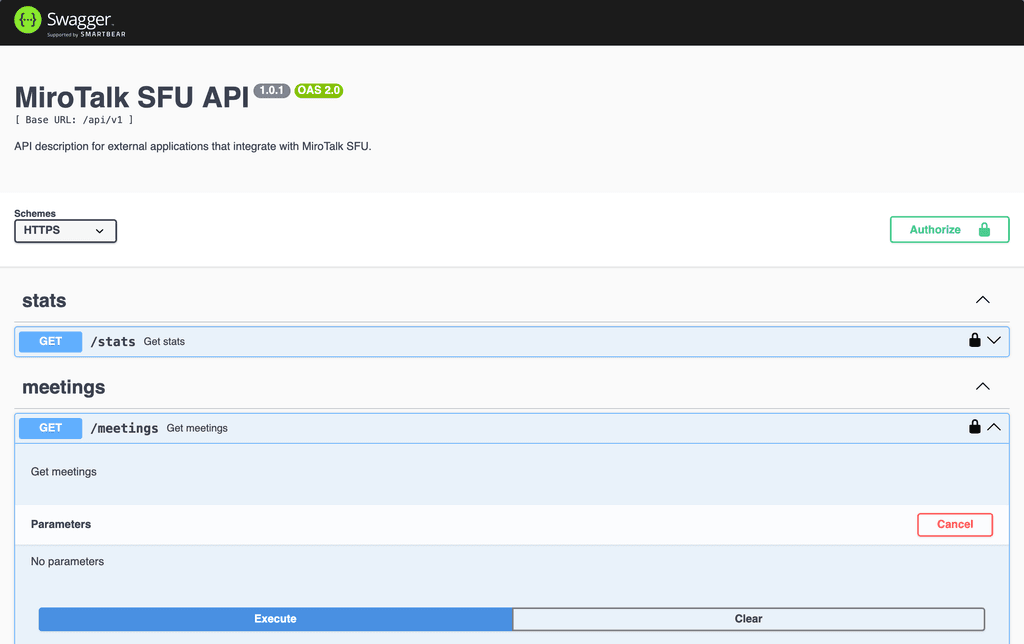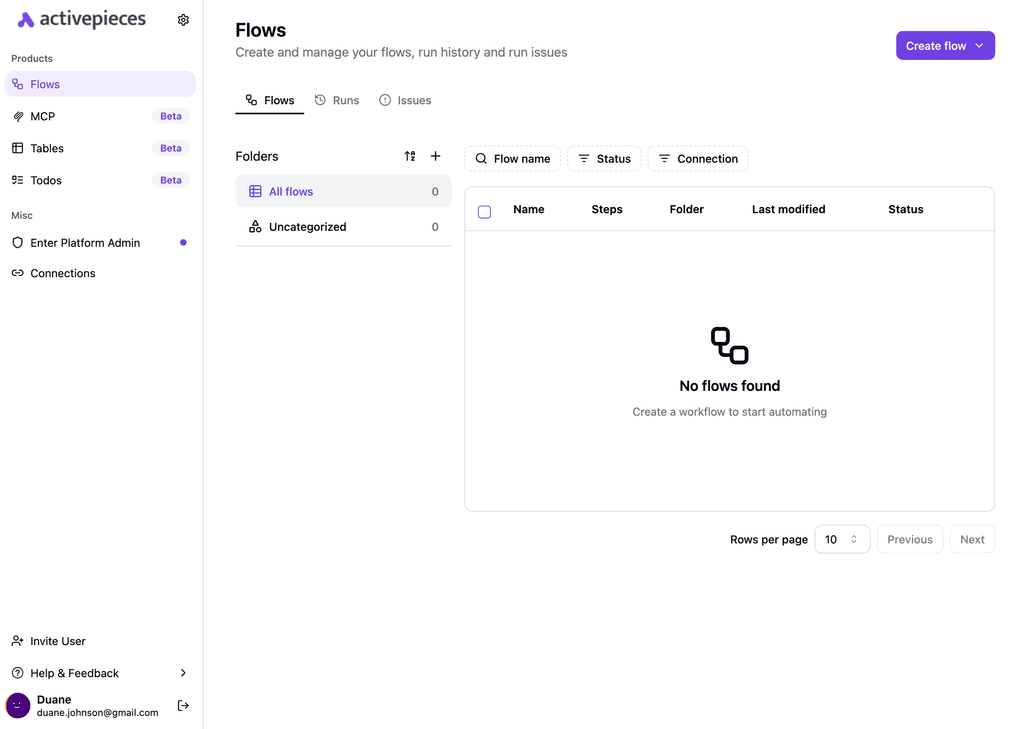Just FYI our company (relm.us) is sponsoring some new feature development in Vikunja that may help others here:
- Image previews: when attaching an image-type file to a task, a thumbnail of the image will be visible (currently, only the filename/description is shown).
- Cover image on kanban cards: you will be able to promote a kanban card's attached image to the "cover", so that you can see the image in "kanban" mode. This is similar to the way Trello does it.
- The large "Vikunja" logo/branding in anonymous/read-only mode will be optional.
Vikunja's developer, Konrad, estimates these features will be ready by end of year (i.e. at the next release).
Best,
Duane Johnson
CEO/developer Relm.US



